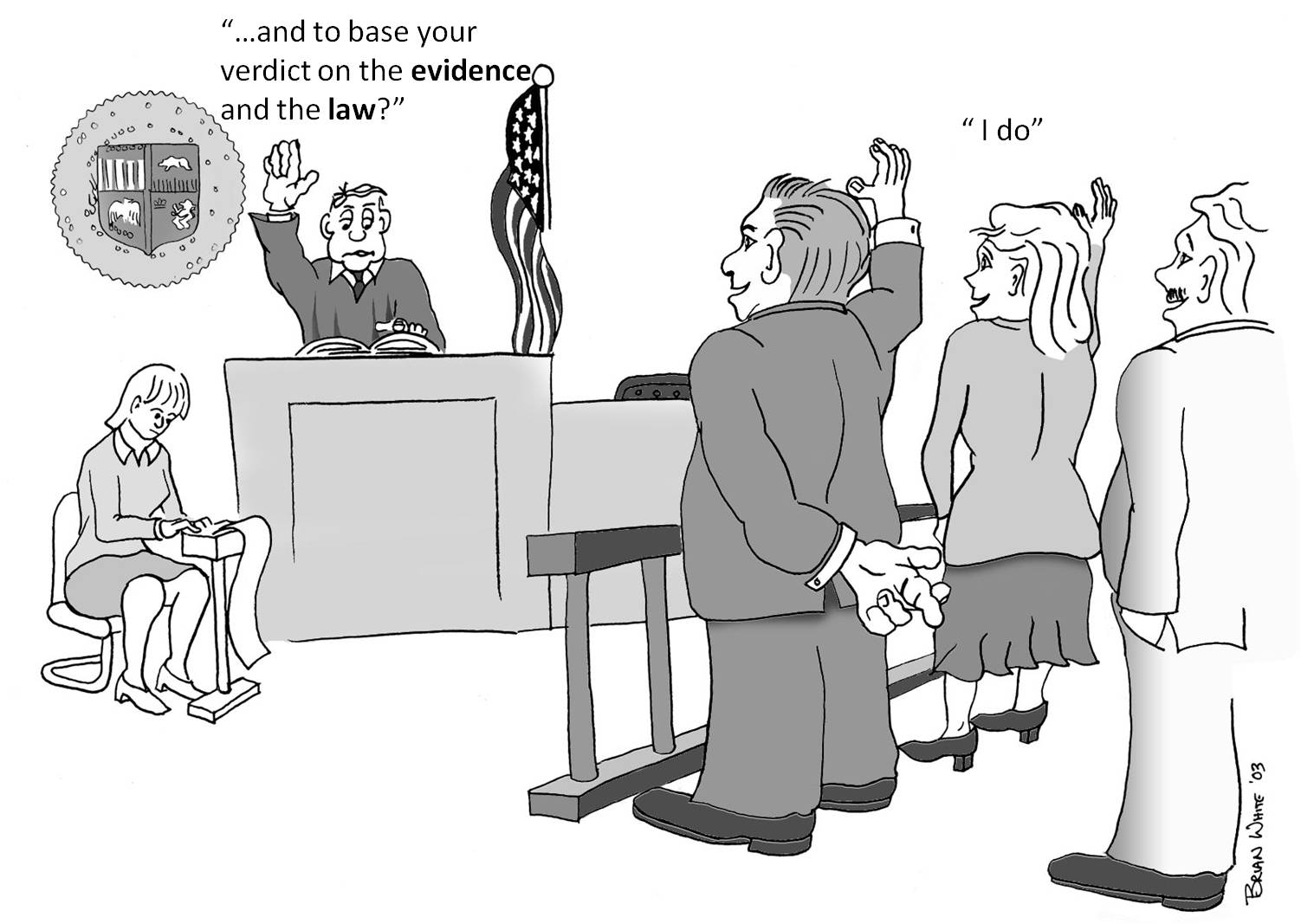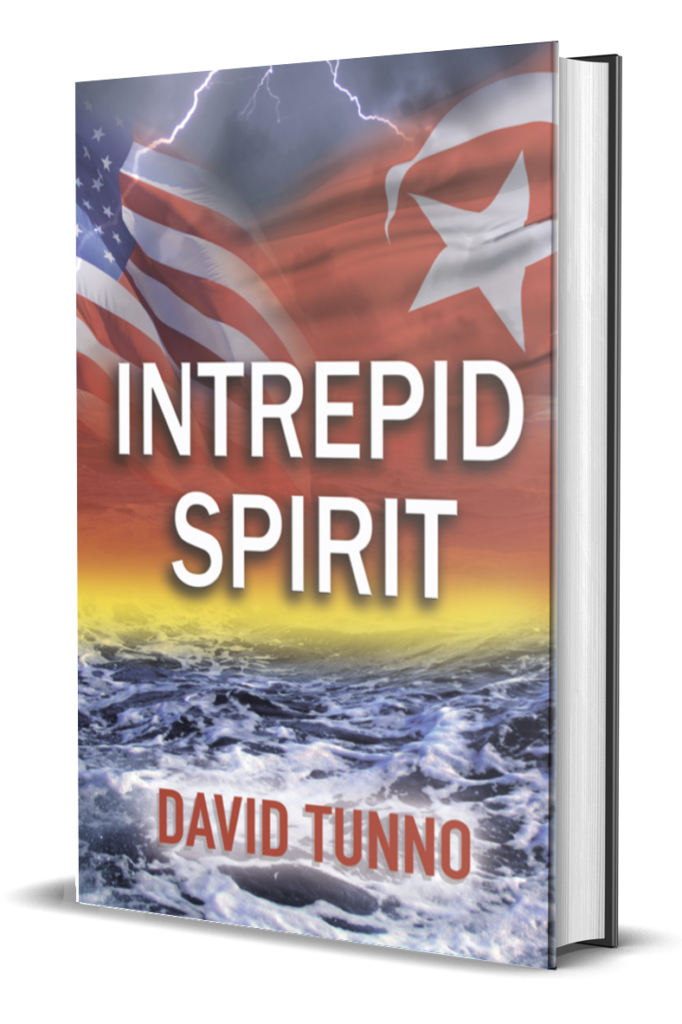Opening Statement
Opening Statement cites the original motivation for the book (the O.J. Simpson case) and how examples of many trials in the ensuing years contributed to this work. The message is that the American jury system has many problems and without significant reforms we can expect injustices on a regular basis, just as we can expect a troublesome car to break down when we need it the most.
Part I – Problems
The book features two primary divisions, Problems and Solutions. Each problem discussed in Part I is matched to a solution in Part III. Part I identifies three problem areas; representation, competency and bias (the latter combined with misconduct and nullification).
Chapter 1 – Representation
This chapter details the reasons why juries do not represent a cross-section of the communities from which they are drawn, but instead are heavily populated by civil servants. I call it “trial by postal worker.”
No Shows
This section explains that one of the reasons for the lack of representation is that many who are summoned simply don’t show up.
Lack of Support from Employers
Here the book includes an original piece of research conducted with about 1,000 employers nationwide. The results are graphed and divided into two categories according to the size of the employer – The Fortunate 474 and The Less Fortunate 541. The results clearly show the need for one of my key recommendations, jury service insurance (discussed later).
Flimsy Excuses
This section includes some true stories from my trial consulting history of ridiculous reasons people have used to get out of jury service and the judges who bought those excuses.
DILBERT © UFS Reprinted by Permission
Trial by Postal Worker
Here the book explains how poor representation on juries by many in our communities results in disproportionate representation from those in public-sector employment.
Jurors Who Get the “Ax”
This section talks about the fact that attorneys are given a number of strikes to be used against jurors they don’t like. Given the mental anemia in our jury pools, those strikes are almost always enough to “dumb down” the jury.
Chapter 2 – Competency
This chapter deals with how the increasing complexity of trial issues has outpaced the comprehension of many potential jurors. It is the first example of what I call “the forbidden fruits of conversation,” because it is a subject no one seems to want to address. It features a shot at Barry Scheck (one of O.J.’s attorneys) stemming from an interview conducted by Johnny Cochran on Court TV’s “Cochran and Company.” The interview (included in the chapter) came after Scheck lost the “English nanny case” in Massachusetts and blamed incompetent jurors. The chapter also suggests that Jay Leno’s “Jay Walking” segments are a fairly good indication of just how easy it is for a lawyer to “dumb down” a jury with peremptory strikes.
DILBERT © UFS Reprinted by Permission
Chapter 3 – Bias & Misconduct
This chapter deals with the second of the “forbidden fruits,” two ugly but true factors that result in unjust verdicts or mistrials. Among the many case examples cited here is one from my file history. In that case, an unarmed black youth in L.A. was shot in the back by a police officer as he ran away. The case is cited for the lone juror who defied his fellow jurors in arriving at a just verdict.
Online and Off the Reservation
In a sign of the times, and as an example of misconduct, jurors’ use of the internet to communicate with others about a trial and to seek information relevant (or irrelevant) to the trial, all in violation of the judges’ orders, is explored.
Jury Nullification – An Abuse of Power
Jury nullification is a phenomenon and a movement with supporters in high places. This section investigates the issue at length.
Part II – The Foundation for Solutions
This brief section provides the framework for the solutions in Part III. It examines the relevant portions of the Constitution and the key Supreme Court cases that have interpreted them. If you are among the many Americans who believe you are entitled to a “jury of your peers,” this chapter will explain why you are wrong. It also discusses the Magna Carta and the documents written by the country’s founders that provided the basis for our jury system, sources often misrepresented in arguments by jury nullification supporters, among others.
Chapter 4 – Jury Duty
“Duty” versus “right” is the key concept addressed in this chapter. Duty and impartiality form the foundation for the solutions in Part III. A review of Supreme Court cases, the Magna Carta and the Federalist Papers is provided.
Part III – Solutions
As mentioned earlier, every problem described in Part I is matched to a solution or solutions described in Part III.
Chapter 5 – Expanding the Jury Pool
The recommendations in this chapter all deal with ways in which more people can be brought into the jury system (sometimes with a carrot, sometimes a stick), getting us closer to the ideal of juries as a cross-section of our communities, including; dealing with the “no shows” and those that offer flimsy excuses, plus my favorite, jury service insurance. The insurance concept is one of the recommendations of which I am most proud. It is wholly original and was cited with attribution in Justice Overruled, by Judge Burton S. Katz, Warner Books, 1997. That book was one of the earliest books out after the O.J. case. The author and I appeared together on a T.V. talk show regarding that case, during which I shared the above concept as well as a few others that appear in this work.
Alternative Service
Here the book discusses what to do with people who, for one reason or another, don’t want to serve on a jury.
Trial by Video
This is another original concept that calls for some trials to be “produced” and edited in video form so that jurors’ time won’t be wasted and so that such trials can be conducted in the evening hours at various locations other than courtrooms. Time and money is saved and more jurors can fulfill their civic duty.
Night Court
Night court, like trial by video, expands the jury pool by making it more convenient for jurors who might otherwise find it difficult to serve.
One Day, One Trial
This is a concept in wide use today and is promoted in the book as a measure of fairness to prospective jurors.
Chapter 6 – Impartiality and Competency
Test for Competency
More forbidden fruit is discussed here in the form of another original concept. Testing prospective jurors and ranking their abilities is called for and justified. Juror rankings would be matched to rankings of the cases themselves so that verdicts would be arrived at by jurors who understand, or are capable of learning, the subject matter.
Sequestered Voir Dire
This section advises that the pool of jurors not be present in the courtroom during voir dire. That’s how they learn what excuses will get them off jury duty.
Truth or Consequences
The recommendation in this section adds some teeth to the oath jurors take.
Polygraph Tests – Experimenting with the Future
The last and biggest bite of forbidden fruit. This recommendation calls for experimenting with polygraph testing in selected cases and includes input from two nationally prominent polygraph experts.
Take the “Ax” Away from Attorneys
Here the book suggest that if we make the changes we need to make to get competent and fair jurors, lawyers should no longer be able to strike the ones they don’t like.
Chapter 7 – More Recommendations
This chapter recognizes the makeup of juries is not the only problem with the American jury system and offers various additional reforms, including allowing jurors to take notes and ask questions, simplifying jury instructions and allowing non-unanimous verdicts in federal civil trials.
Chapter 8 – Additional Thoughts and Parting Shots
This chapter includes shots taken at other factors working against justice. As is the case throughout the book, examples are offered from Tunno & Associates case files, as well as those many readers will remember.
Judges – The Power of One
The reader will recognize the name Dr. Phil McGraw in this section, who was the author’s opposite number in a high-stakes civil case in New York where the outcome serves as an unfortunate example of the title of this section, which also offers a remedy.
Lawyers – The jokes fit, you must admit
Readers will remember Johnny Cochran’s famous closing argument drum beat in the O.J. Simpson case, which is also cited for another example it provides.
The Problem with Expert Witnesses – You Get What You Pay For
Having been a focus of the author’s trial consulting experience, expert witnesses are dealt with in this section, which includes an example from a trial that shows how far some experts are willing to go to please their clients. Remedies are provided.
Education
The author’s belief that justice from jury trials is directly linked to the education level of jurors is discussed in this section.
Lessons from “Runaway Jury”
Jury tampering is discussed, and the O.J. Simpson criminal trial provides an example of that felony, which many people may have forgotten.
Closing Argument
It can be read in full on this site.




